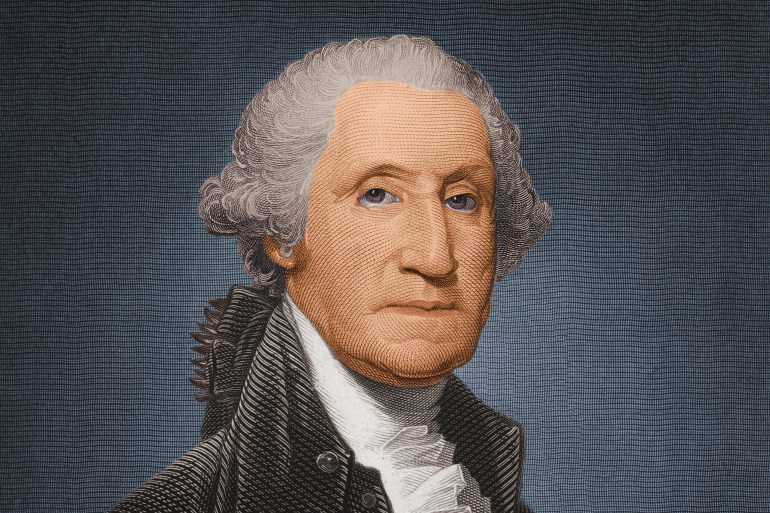Weather affects people's lives every day;
Sometimes it causes us to change our picnic plans, and other times extreme weather events can alter the course of wars or lead to the collapse of civilizations.
It is difficult to blame nature for destroying people's lives, but the world - as we know it today - would have looked different if natural phenomena had not intervened.
The Brainberries website published an interesting report, dealing with historical facts from a nature-related angle, represented by fluctuations in the weather and natural conditions that interfered in a number of historical events and changed their tracks and results in a way that was not taken into account by the parties to these events, and the report refers to There is a role - beyond human capacity - to be played by the phenomena of nature.
1. The Mughal Empire in the face of hurricanes
In the 13th century, the leader of the Mongol Empire, Khan Khubilai, was on the verge of capturing Japan, but two hurricanes ruined his plans.
Shinto priests believed that this wind was the embodiment of everyone's prayers and called it kamikaze (divine wind).
2. The Spanish Armada Against the Storm
The destruction of the Spanish Armada in 1588 was one of the greatest battles of Western civilization.
During the attempted invasion of England, the Armada suffered great losses due to harsh weather conditions;
Only 65 of the 130 ships have returned to Spain.
The bitter cold in Russia played an important role in the defeat of Charles XII, the first European ruler to lead his forces against Russia during the winter (Getty Images)
3. King Charles XII facing the Russian winter
In 1709, Charles XII became the first European ruler to lead his forces against Russia during the winter, and the length of the journey and the freezing conditions - which were below zero - played an important role in the defeat of the Swedish forces.
The funny thing is that Charles XII was not the last general to make this mistake.
Thick fog rescued the American army led by George Washington from the British army at the Battle of Long Island (Getty Images)
4. The British army in the face of thick fog
The US Army, led by George Washington, was full of beginners and untrained volunteers, while the British forces were all exemplary soldiers.
Who knows how history would have turned out without the thick fog that saved Washington's army on August 22, 1776, at the Battle of Long Island.
5. France in the face of flood and hail
France, already suffering an economic crisis due to its war against England and America's support for England in the war, received an unexpected blow from the spring flood, which led to a massive increase in food prices.
But soon after, terrible hailstorms destroyed most of the crops and caused irreparable damage to countless farms.
This was the birth of the French Revolution.
August 30, 1800, could have been recorded in history as one of the largest slave rebellions in America, but a strong storm prevented them from continuing to gather (French)
6. Slave revolt in the face of the storm
August 30, 1800, can go down in history as one of America's largest slave uprisings;
Thousands of slaves in Richmond, Virginia, were about to follow their leader, Gabriel Prosser, and the rebels.
They were planning to seize the armory and abolish slavery, but a violent storm prevented the rebels from gathering long enough to reveal the plot.
Napoleon was about to invade Russia after the capture of Moscow, but because of the frost, about 50 thousand army horses died and in one day (communication sites)
7. Napoleon in the face of the Russian winter
In 1812, Napoleon Bonaparte was about to invade Russia with the largest army in Europe.
His confidence grew after the successful capture of Moscow.
But then, because of the frost, about 50 thousand horses of the army died due to the weather and in just one day, this great loss was the beginning of the end of the empire of Napoleon.
Atomic bombings of Hiroshima and Nagasaki (Reuters)
8. Hiroshima Facing the Clouds
August 6, 1945 was a beautiful summer day in Hiroshima.
At 07:09, a plane flew over the city, and reported to the base that "cloud cover is less than 30%".
These conditions were almost perfect for dropping the first atomic bomb.
The absence of clouds that day decimated Hiroshima and saved the reserve target, Kokura City.
On August 8, 1945, a second nuclear bomb was loaded into a B-29 aircraft, but Kokura's sky was overcast with clouds that could spoil the strike;
The bomb went to the alternate target, Hiroshima and Nagasaki.

